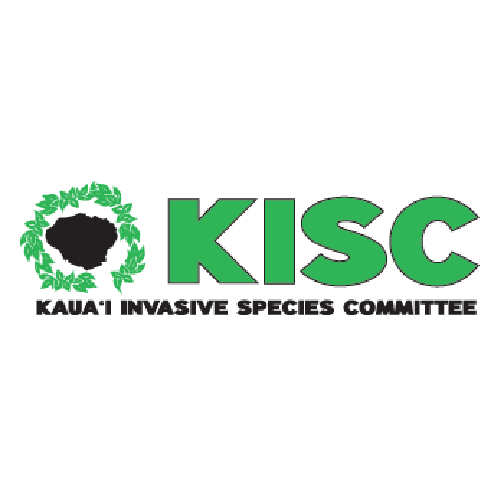Family: Annonaceae
Annona glabra, commonly known as pond apple, is a tropical tree in the Annonaceae family that is native to the Americas. It typically grows in wetland areas, along rivers, and in swamps, and produces large, edible fruits. Pond apple can tolerate a range of soil types and water conditions, which has allowed it to establish in many parts of the world outside its native range. Its attractive fruits and shade-providing canopy have led to its introduction in various regions, including Hawaiʻi.
In Hawaiʻi, pond apple is considered a high-risk invasive species due to its ability to rapidly colonize wetlands and disturbed areas. It forms dense thickets that displace native vegetation, alter wetland ecosystems, and impede water flow. The species produces large quantities of seeds that can be dispersed by water, making control and eradication difficult once populations are established. Because of these significant ecological impacts, Plant Pono recommends avoiding the planting of pond apple and encourages the use of low-risk, non-invasive alternatives to protect Hawaiʻi’s native ecosystems.
High Risk Traits:
- Suited to tropical/subtropical climates
- Naturalized beyond native range (e.g., Australia, Fiji)
- Forms dense thickets, replaces native vegetation
- Agricultural and environmental weed
- History of repeated introductions
- Shade tolerant and adaptable to various soils
- Produces many viable seeds (100–200 per fruit)
- Seeds dispersed by water and animals
- Seeds survive gut passage
- Tolerates damage; cut stems can resprout
Low Risk Traits:
- No spines, thorns, or burrs
- Not allelopathic or parasitic
- Not toxic to humans or animals
- Not a fire hazard
- No vegetative reproduction
- Short-lived seed bank (<3 years)
- Controllable with herbicides




